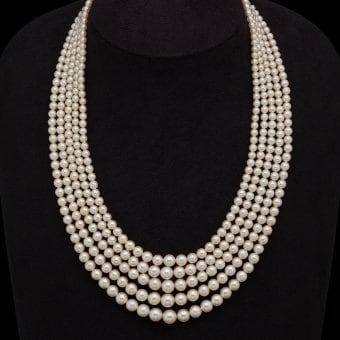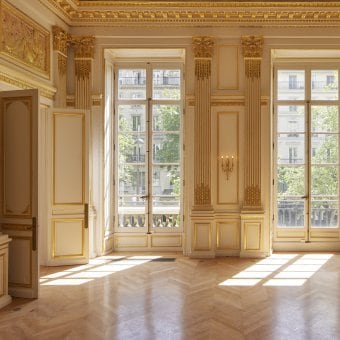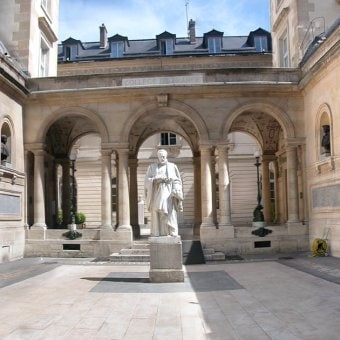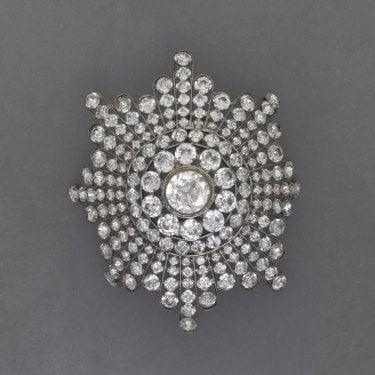
In the nineteenth century, like in Molière’s time, buying stage jewelry was largely the actors’ responsibility; they purchased it from imitation jewelers, both those who identified themselves as theater suppliers and others. However, no shop made only theatrical jewelry. Theatrical bijouterie specialists like Granger and Hirch also had a second specialty, in either theatrical weapons and armor or goldsmithing for churches. But theatrical bijouterie was a sub-category of imitation bijouterie and constituted an art all its own.
Production of imitation and theatrical bijouterie increased significantly throughout the century, with Parisian companies providing most of it. This encyclopedia lists all of the jewelers in nineteenth-century Paris who crafted jewelry worn by theater performers. It is intended to show the widest possible range of theater bijouterie: paste stones, faux pearls and gemstones (diamonds as well as colored stones, especially emeralds, coral, turquoise, and malachite), imitation cameos, enamel, gilded and gold-filled bijouterie, bijouterie made of silver or steel, and more. It does not include adornments for textile costumes, such as spangles and sequins or gilded trimmings.
The encyclopedia offers a series of biographical entries with, when possible, the birth and death dates of the manufacturers, their specialties, their addresses, and the changes in their businesses.
As for paste and imitation stones, we have kept the term lapidary, which was commonly used at the time, although it is a misnomer and actually refers to techniques used by glass and crystal makers.
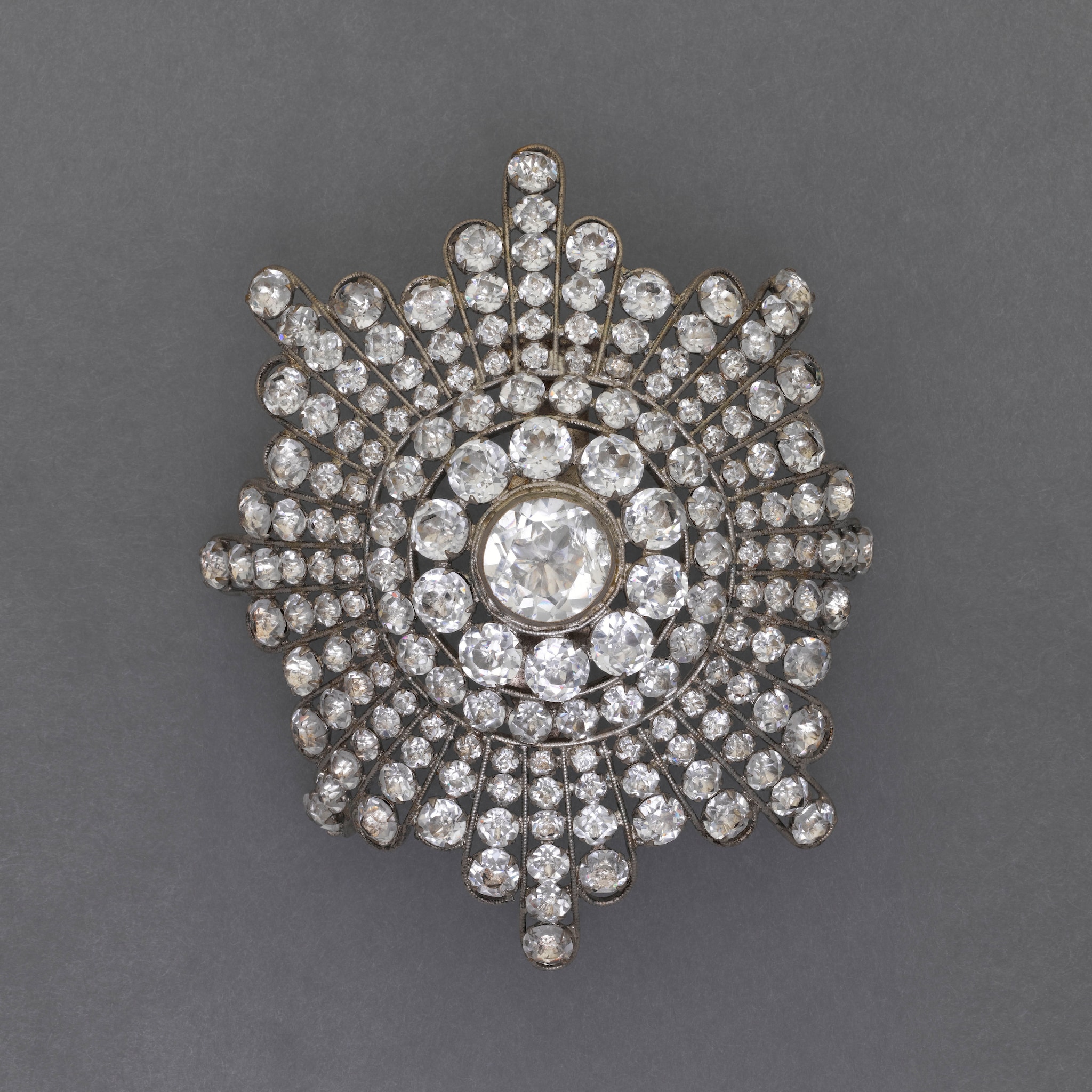
Photo: Star shaped imitation Order (for nobility) worn by Hortense Schneider in the title role of La Grande-Duchesse de Gérolstein (The Grand Duchess of Gerolstein), jeweler Joseph Hirsch, Paris, 1867. Silver-plated brass, white rhinestones. H. 8.5cm; L. 10cm. Compiègne, National Museum of the Palace of Compiègne, inv. C.69.029. Claudette Joannis © Réunion des Musées Nationaux. Photo © RMN / René-Gabriel Ojéda.

